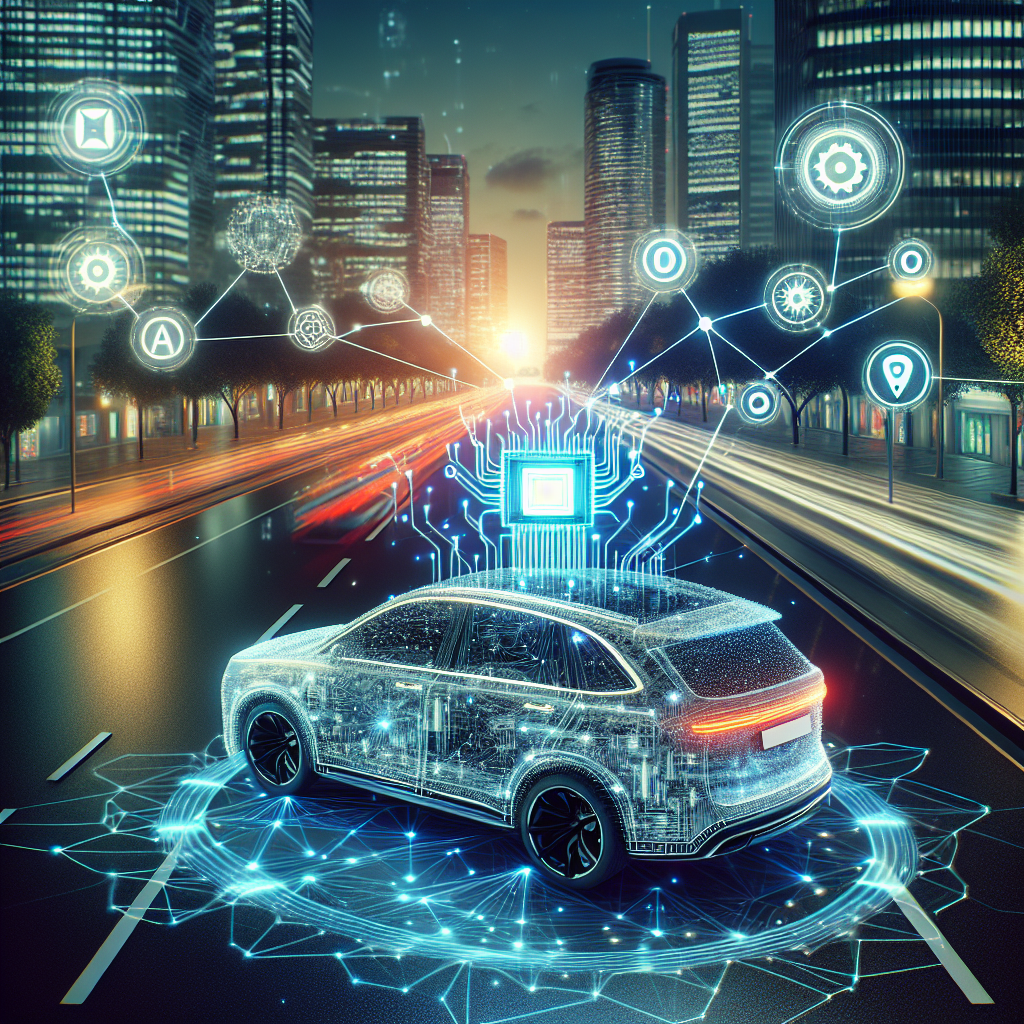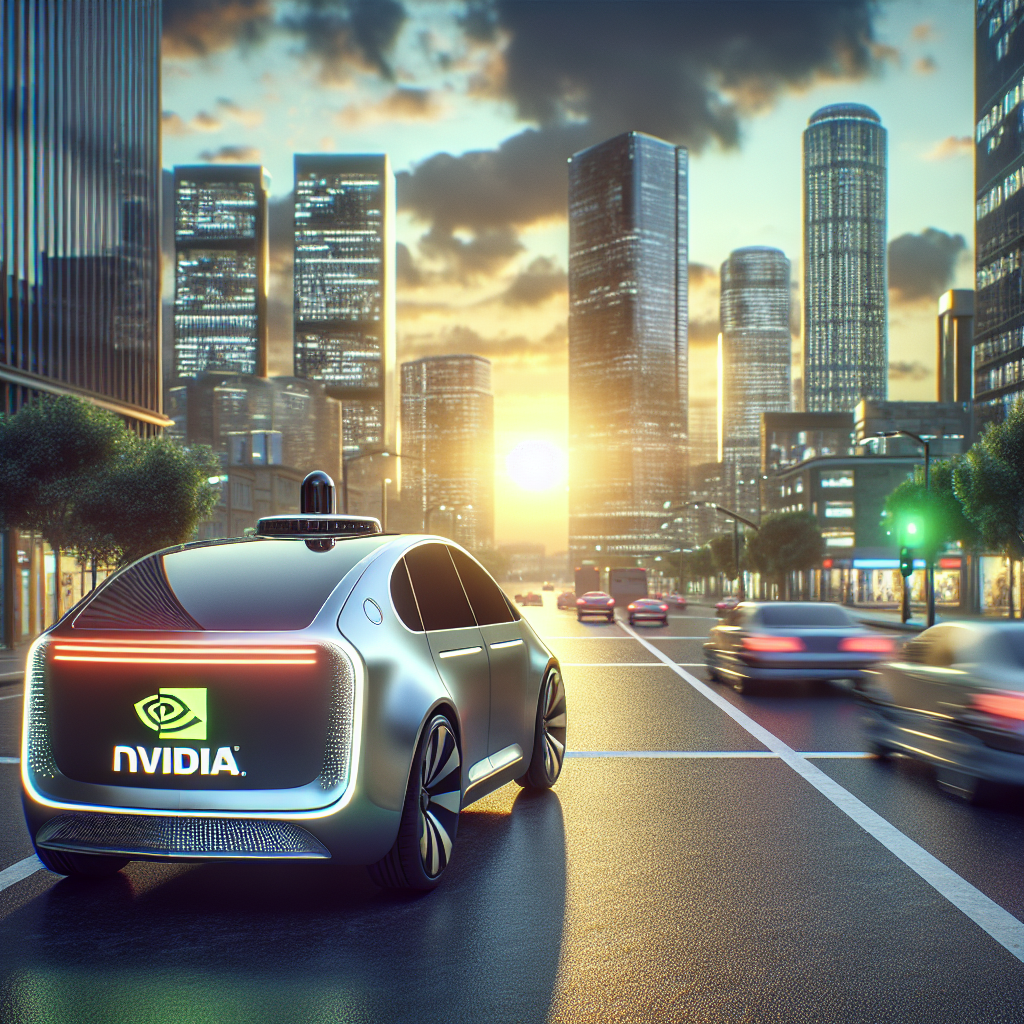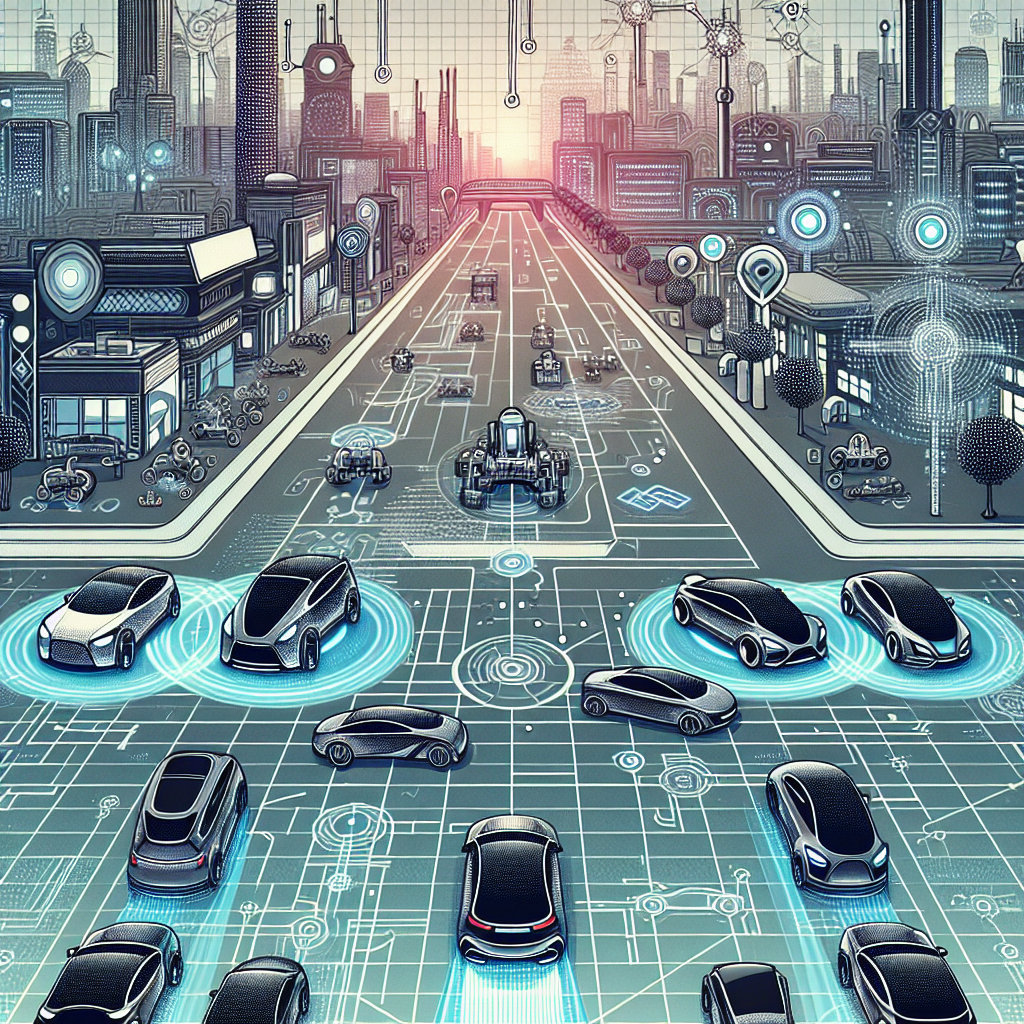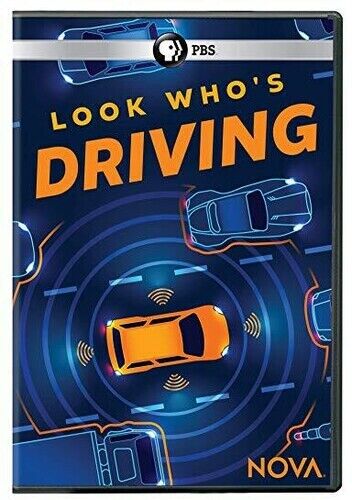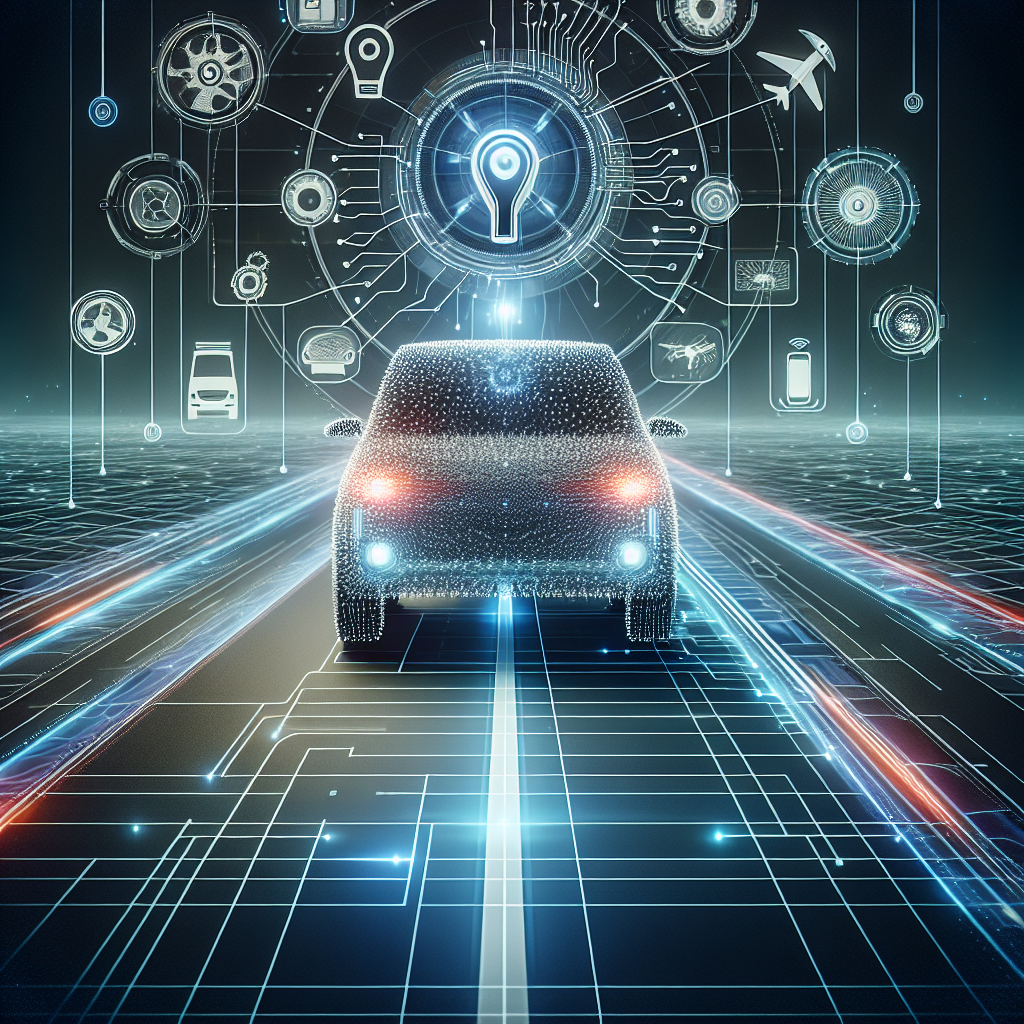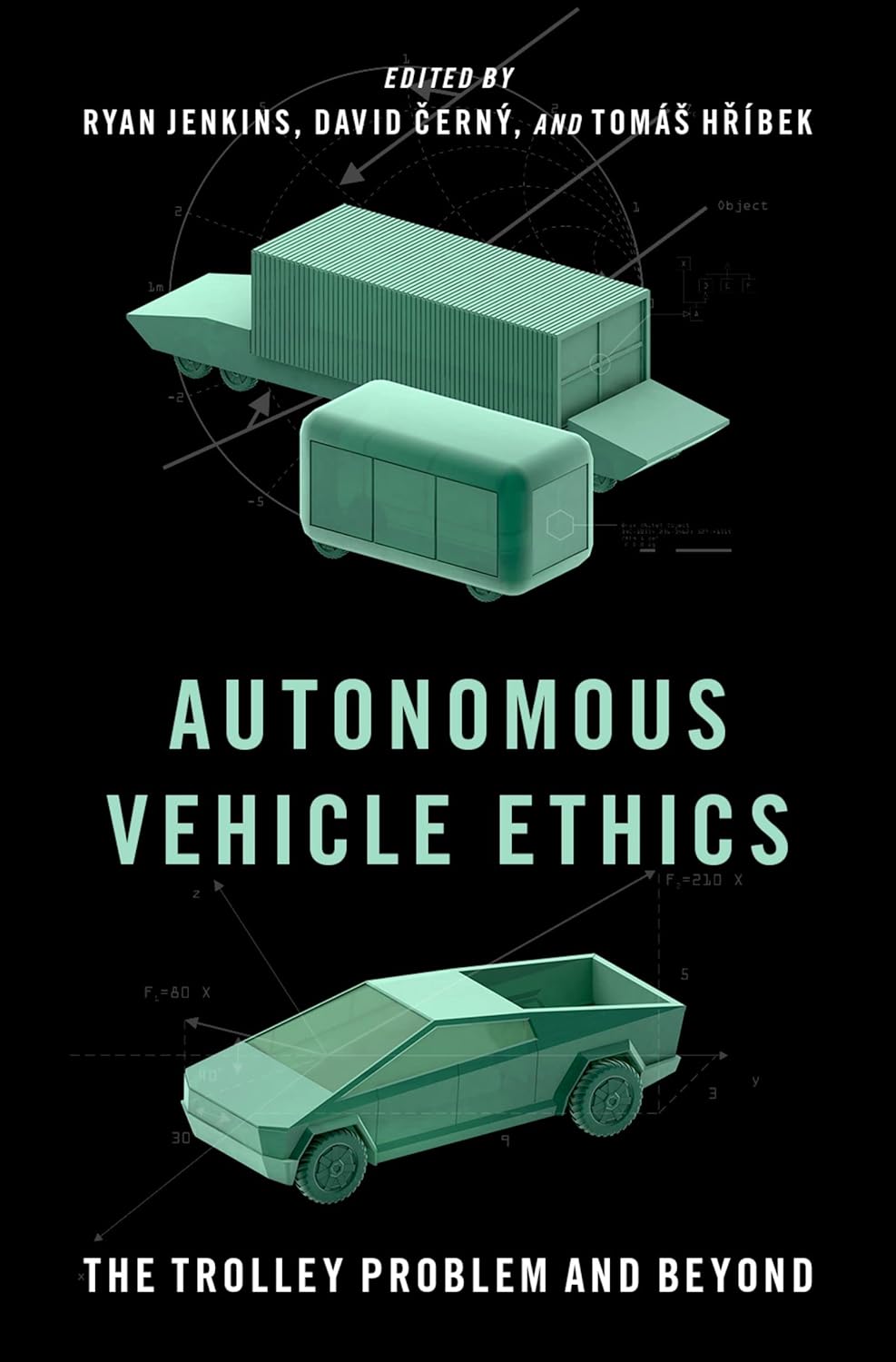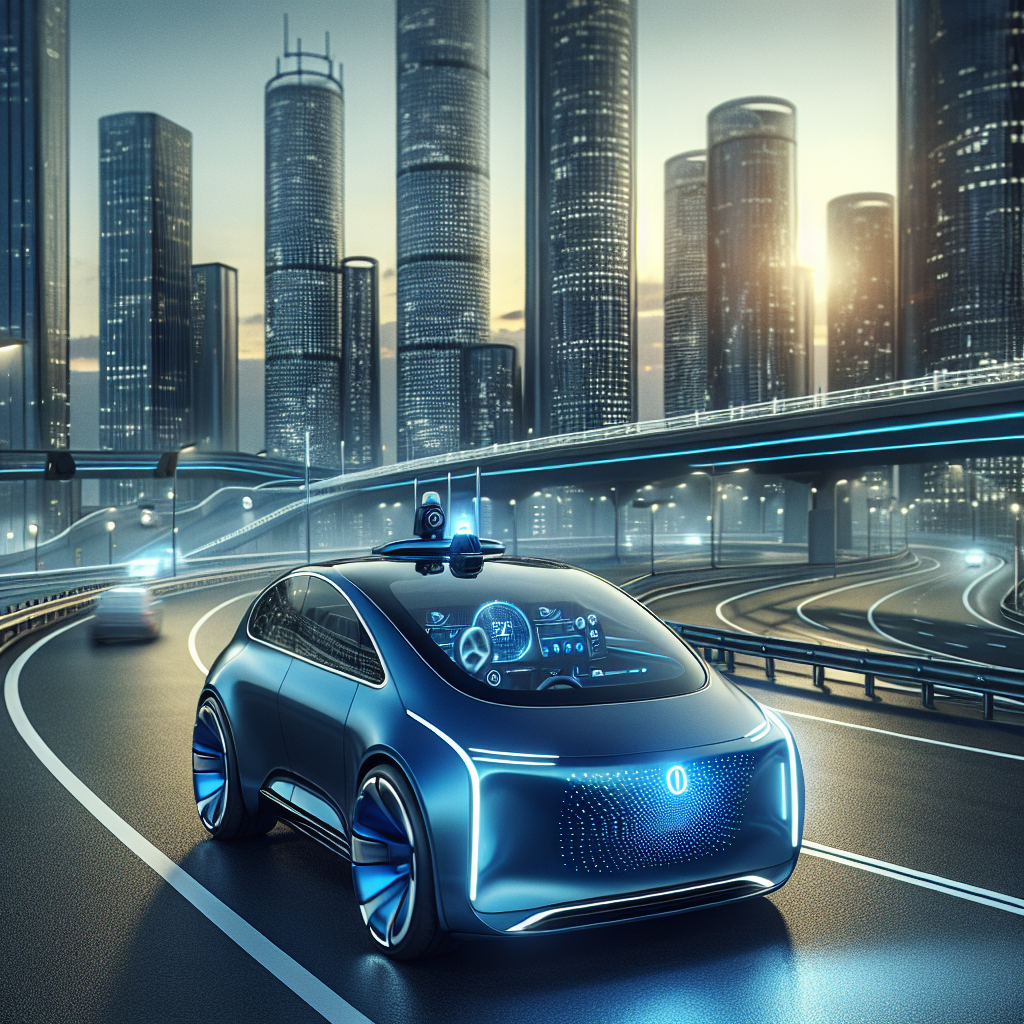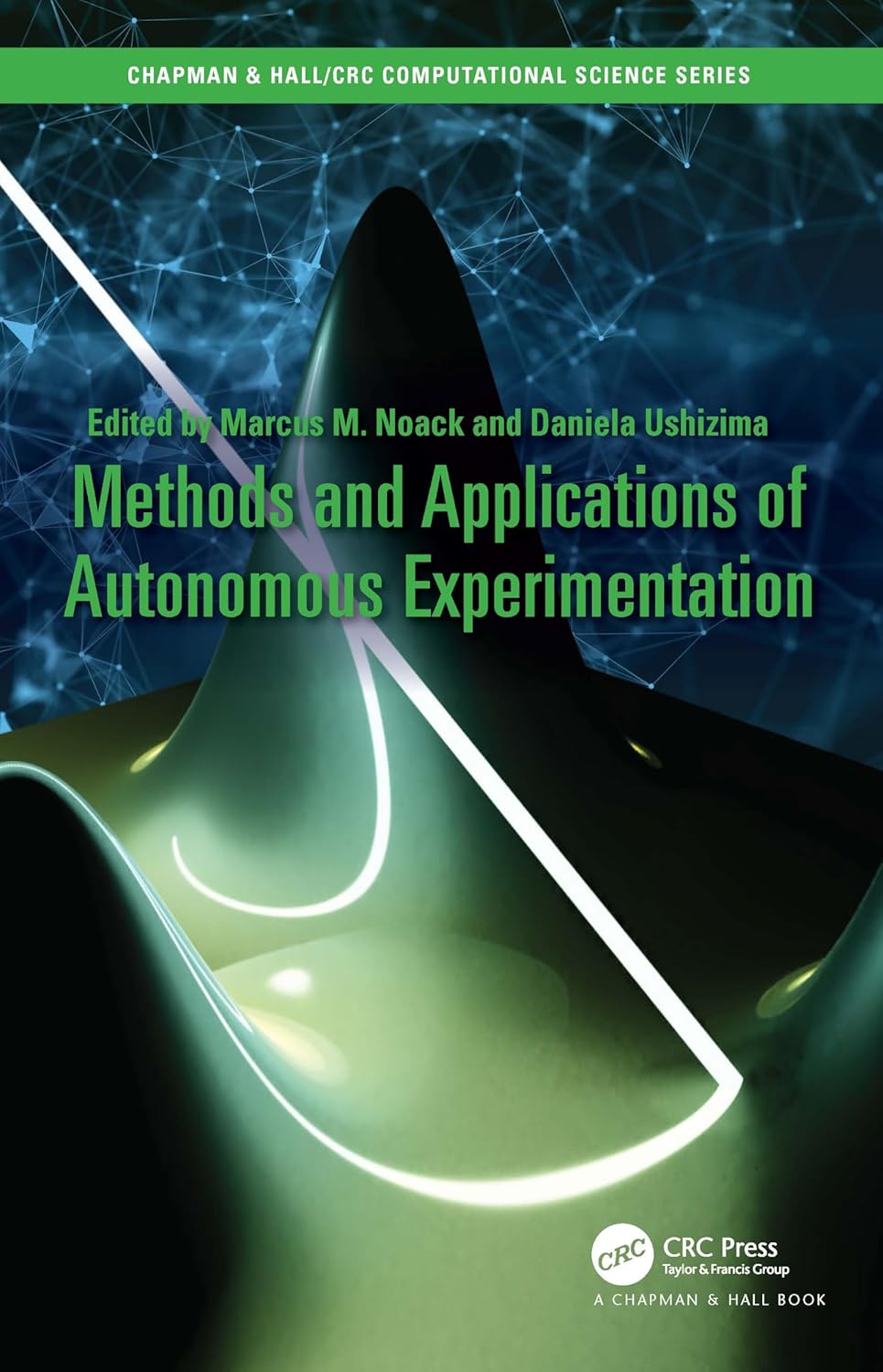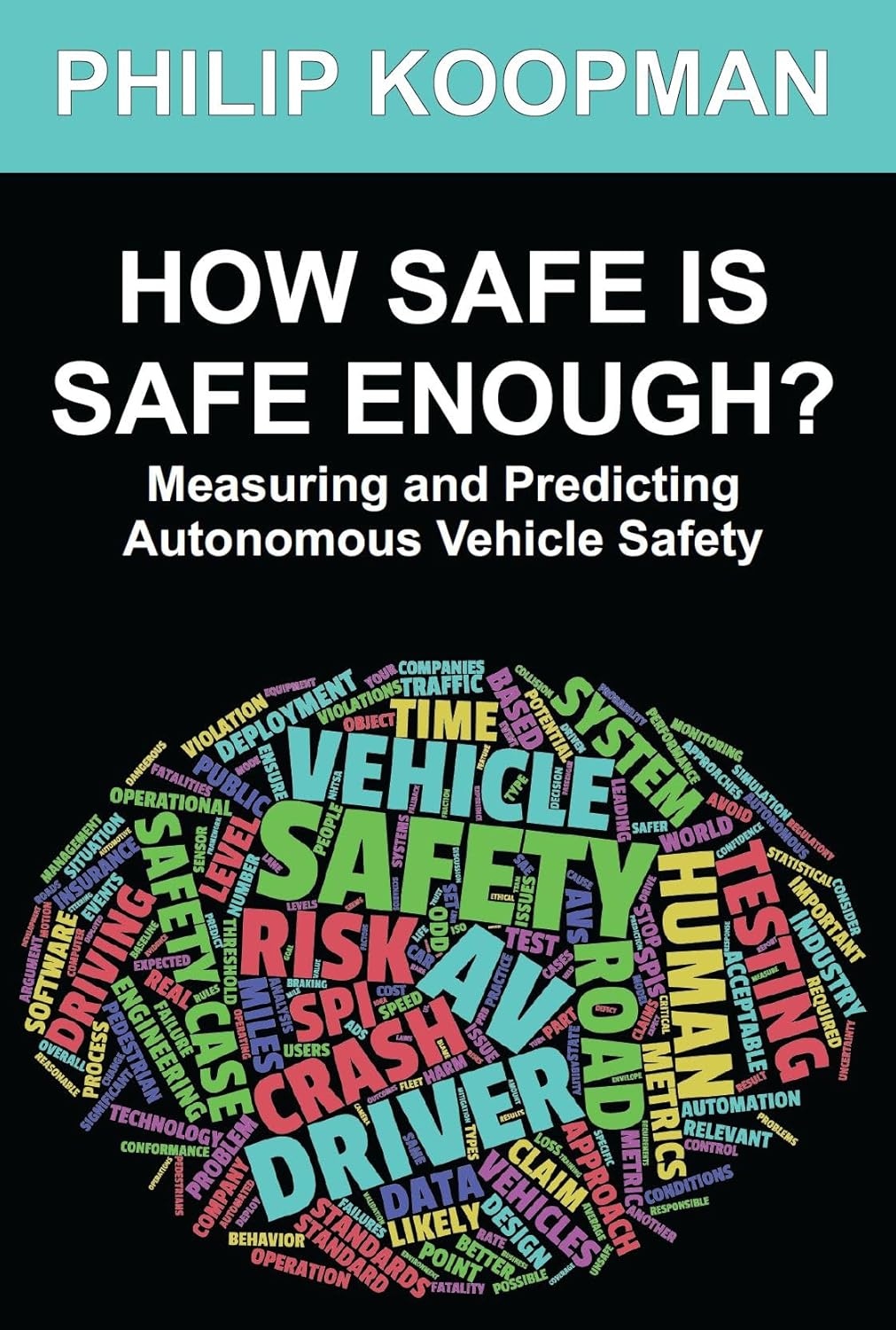Autonomous vehicles have been a hot topic in the automotive industry for quite some time now. With the advancements in technology, self-driving cars are becoming a reality, and artificial intelligence (AI) plays a crucial role in making this possible. NVIDIA, a leading technology company, has been at the forefront of developing AI-powered solutions for autonomous vehicles through its DRIVE platform.
The power of AI in autonomous vehicles is undeniable. AI enables these vehicles to perceive their surroundings, make decisions, and navigate through complex environments without human intervention. This technology is made possible through deep learning algorithms, which allow the vehicle to learn from its experiences and improve its performance over time.
NVIDIA’s DRIVE platform is one of the most advanced AI systems for autonomous vehicles on the market. It combines hardware and software to provide a comprehensive solution for automakers looking to develop self-driving cars. The platform includes the NVIDIA DRIVE AGX system, which is a high-performance computing platform designed specifically for autonomous vehicles. It also features the NVIDIA DRIVE AV software stack, which includes perception, planning, and control algorithms that enable the vehicle to operate safely and efficiently.
One of the key features of the NVIDIA DRIVE platform is its ability to process large amounts of data in real-time. This is essential for autonomous vehicles, as they need to constantly analyze their surroundings and make split-second decisions to ensure the safety of passengers and pedestrians. The platform’s deep learning capabilities allow the vehicle to recognize objects, predict their movements, and react accordingly, all within milliseconds.
Another important aspect of the NVIDIA DRIVE platform is its scalability. The platform can be customized to meet the specific needs of different automakers, allowing them to develop autonomous vehicles that are tailored to their unique requirements. This flexibility makes the platform a popular choice among car manufacturers looking to enter the autonomous driving market.
Overall, the power of AI in autonomous vehicles cannot be underestimated. NVIDIA’s DRIVE platform is a testament to the capabilities of AI in enabling self-driving cars to navigate the roads safely and efficiently. With advancements in technology continuing to push the boundaries of what is possible, we can expect to see more autonomous vehicles on the roads in the coming years, all powered by the incredible capabilities of AI.
